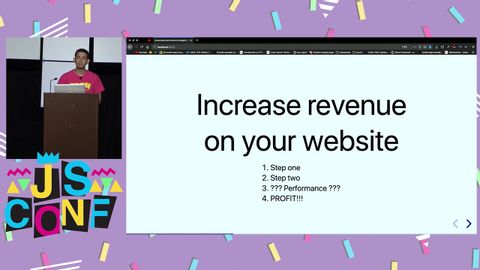
字幕與單字
自動灌注預算到您的管道/ sitespeed.io - 丹尼爾-洛佩茲 - JSConf美國2019年。 (Automated perf. budgeting into your pipeline w/ sitespeed.io - Daniel Lopez - JSConf US 2019)
00
林宜悉 發佈於 2021 年 01 月 14 日收藏
影片單字
discipline
US /ˈdɪsəplɪn/
・
UK /'dɪsəplɪn/
- n. (c./u.)紀律;訓服;學科;懲罰(某人);自律
- v.t.訓練(某人)使其馴服;懲罰(某人)
B1 中級多益中級英檢
更多 使用能量
解鎖所有單字
解鎖發音、解釋及篩選功能
